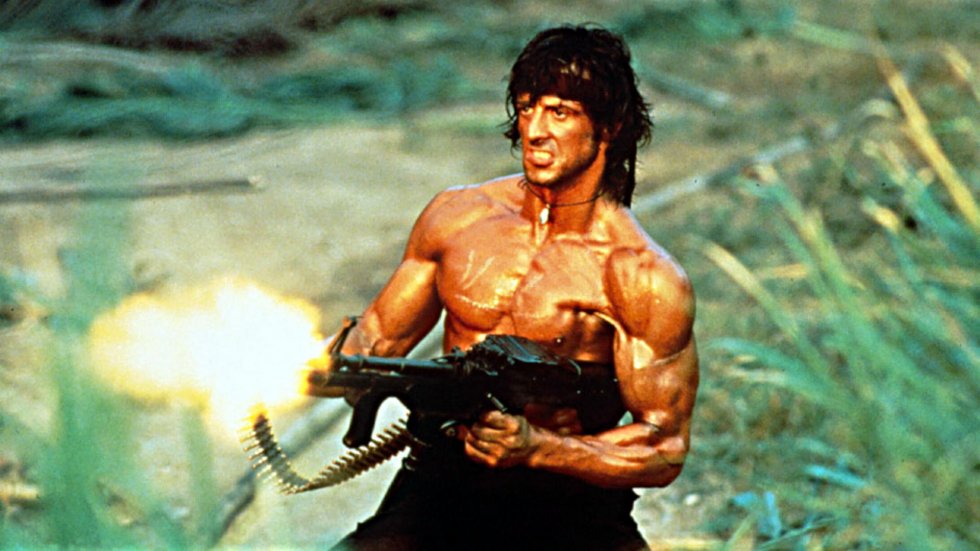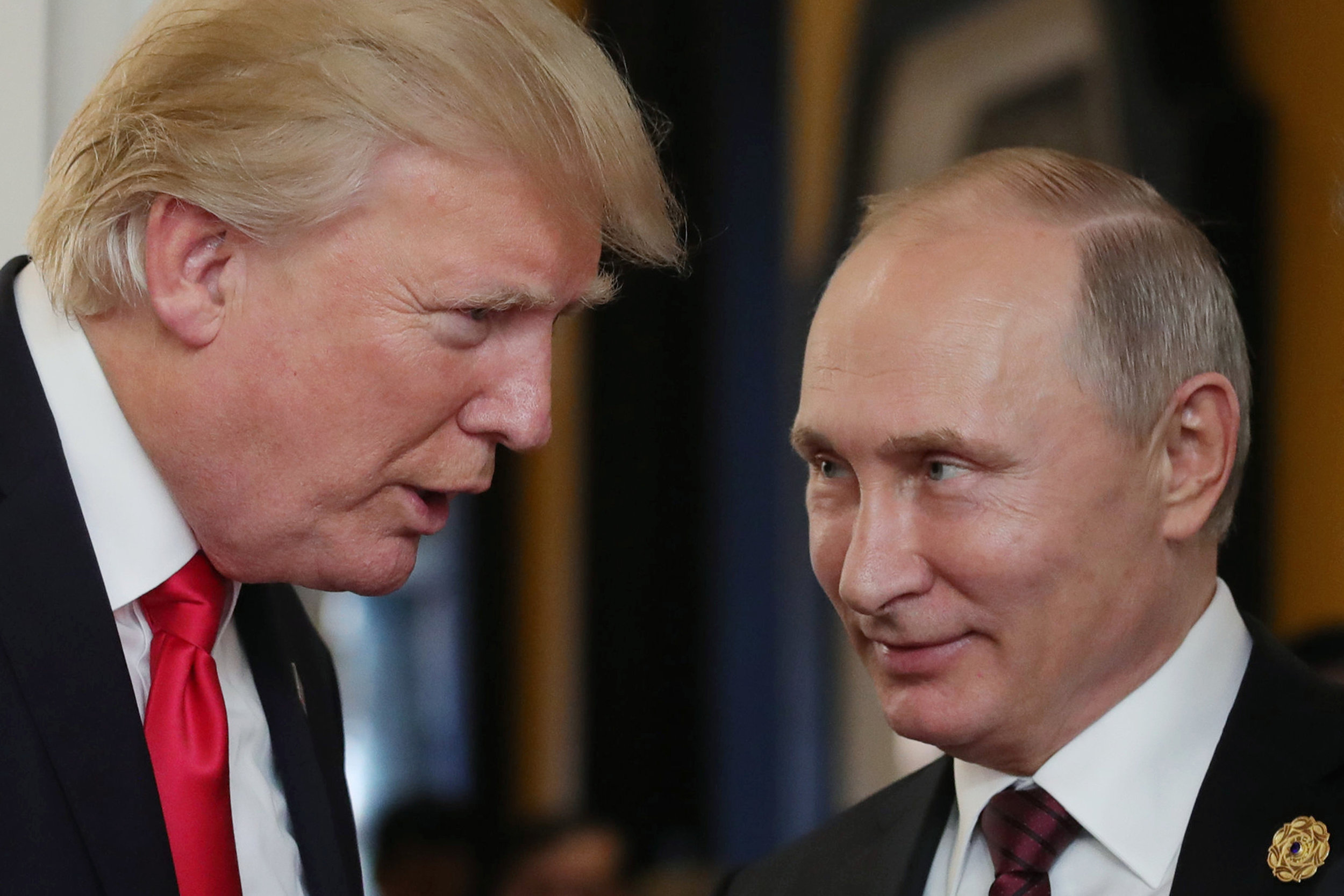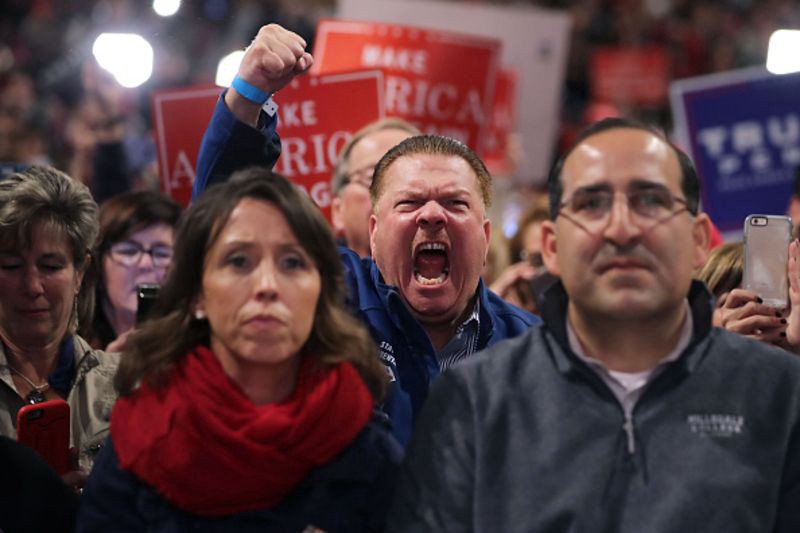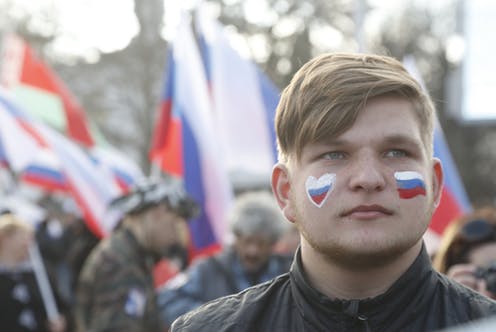What does it mean to be a man?
At every interview and focus group I ask this question, ‘What does it mean to be a man?’
No one, so far, has been able to give me a clear answer. Responses are often confused, hesitant, and layered with an air of uncertainty. At first I wondered why; we all have ideas and expectations about how men should behave that I thought the definition of what it means to be a man would be easy to define.
The more I delved into masculine ideology the more confusing the idea of masculinity became, and I began asking myself the same question, what does it mean to be a man?
Jospeh Pleck* is one of the leading theorists in gender studies. He puts masculinity theory into two boxes.
Masculine Gender-Related Personality Traits
This is where an individual actually possesses the characteristics expected in men. What the characteristics actually are is up for debate!
Sandra Bem* in the 1970s developed the Bem Sex-Role Inventory in attempt to understand androgyny by measuring masculine and feminine traits. (You can actually do the test here, if you’re interested!) The questionnaire has some 60 items with masculine categories like "assertive-dominance" and "instrumentality", while feminine categories are "nurtureness-interpersonal warmth" and "expressiveness.”
Raewyn Connell’s* multiple masculinities theory puts men into a hierarchy with 'hegemonic masculinity’ at the top of the food chain. Connell describes hegemonic masculinity as an ideal set of prescriptive social norms, symbolically represented, but a crucial part of everyday social activities men encounter. However, the exact content of what makes hegemonic masculinity is left unclear.
Connell only tends to use examples from Rambo, Rocky and The Terminator to explain what hegemonic masculinity is. These characters will mean different things to different people. The lack of clarity is one of the biggest criticisms of her theory.
Pleck* in the 1990s proposed a common scheme of standards and expectations associated with the traditional male role within European-American culture, which he coined as "traditional masculine ideology.”
Traditional and hegemonic masculinities tend to emphasise traits such as, physical strength, emotional stoicism, projected self-sufficiency, and heterosexual dominance over women*, wealth, professional success, power, risk taking, invulnerability, virility, stoic emotionality, control, dominance, excessive competitiveness and a rejection of femininity.*
When we talk about being a man and masculinity, it is often these personality traits that first spring to mind, but it runs much deeper than that.
Masculinity Ideology
The second box is masculinity ideology. This is beliefs about the importance of men adhering to culturally defined standards for male behaviour. So before, we were talking about the essence of masculinity as being masculine; now we are talking about the ideological endorsement of masculinity.
This is where it gets really interesting…
A "traditional male”, viewed in terms of masculine personality characteristics actually has culturally defined masculine attributes. Think the classic examples of Donald Trump and Vladimir Putin.
In contrast, from the perspective of masculinity ideology the traditional male is one who believes men should have these attributes. Think their fans.
I have used polarising examples with Trump and Putin to demonstrate a point, so you may be thinking, “Well that isn’t me. I think Donald Trump is a dick.” Firstly, you’re right. He is a dick. Secondly, don’t be fooled. There is a traditional male in all of us.
From expecting boys to be promiscuous risk-takers in their teenage years to not being able to express healthy emotions as grown men, has made us all feed into a masculine ideology which honours the traditional male.
“This is largely because men are destined to strive towards the impossible standards of a traditional male and they will inevitably always fall short. ”
It is boys’ socialisation toward this conception of masculinity that clinicians and researchers believe can be detrimental to boys’ emotional development and overall, psychological health. This is largely because men are destined to strive towards the impossible standards of a traditional male and they will inevitably always fall short.
This is called Gender Role Conflict and Strain, and the greater the internalisation of the cultural norms of masculinity roles in the individual, the greater the conflict when these ‘norms’ cannot be lived up to.
Gender role conflict is exactly what the Happylands is researching. There has been amble studies into gender role conflict in adult males, but very few in teenagers. Primarily, I want to discover if gender role conflict is apparent in teenage boys and whether it has any impact on their mental health.
Then I want to see if it is the same in different countries who are considered happier than the UK. If I find that masculinity is different in other cultures and they are happier for it, then maybe, just maybe, it can help to create a new direction for the psychology of men. A new direction where we can move away from what is wrong with boys and men and identify the personal qualities that empower males to improve themselves, their families, and the larger society.
What do YOU think it means to be a man?
Let me know!
I had great difficulty finding a way to add footnotes onto this blog so each reference is starred and feature in the order they appear in!
References
*Pleck J, Sonenstein, F, & Ku, L., (2004), Masculinity Ideology and Its Correlates, Gender issues in social psychology, Nevlbury Park, CA: Sage Publications.
*Sandra Bem, Open Sex Role Inventory available online at https://openpsychometrics.org/tests/OSRI/
*Connell, R. W. (1987). Gender and Power: Society, the person and sexual politics. Stanford University Press.
*Pleck, J. H. (1995). The Gender Role Strain Paradigm. In R. F. Levant & W. S. Pollack (Eds.), A New Psychology of Men (pp. 11-32). New York: Basic Books.
*Stearns, P. N. 1990. Be a man!: Males in modern society. New York: Homes & Meier.
*David, D., & Brannon, R. (1976). The forty-nine percent majority: The male sex role. Reading, MA: Addison Wesley Pub. Co





